Reliable Chemical Distribution Across the US
Your trusted distribution partner for high quality ingredients, reliable service, seamless regulatory documentation and complete peace of mind

NAVIGATING DIVERSE SECTORS
Browse by Industries
Home Care and Industrial Cleaning
Flavours and Fragrance
Food and Nutrition
Oil and Gas
Chemical Intermediates
Water Treatment & Mining
C.A.S.E.
Personal Care
Home Care and Industrial Cleaning
Flavours and Fragrance
Food and Nutrition
Oil and Gas
Chemical Intermediates
Water Treatment & Mining
C.A.S.E.
Personal Care
Home Care and Industrial Cleaning
Flavours and Fragrance
Food and Nutrition
Oil and Gas
Chemical Intermediates
Water Treatment & Mining
C.A.S.E.
Personal Care
Premium ingredients for personal care products including emulsifiers, preservatives, and active ingredients for cosmetics and skincare.
Home Care and Industrial Cleaning
Effective cleaning chemicals and surfactants for household and industrial cleaning applications with eco-friendly options.
Flavours and Fragrance
High-quality aroma chemicals and flavor compounds for food, beverage, and fragrance industries with natural and synthetic options.
Food and Nutrition
Food-grade chemicals and additives ensuring safety and quality in food processing, preservation, and nutritional enhancement.
Oil and Gas
Specialized chemicals for oil and gas industry including drilling fluids, corrosion inhibitors, and scale inhibitors for enhanced operations.
Chemical Intermediates
Essential chemical building blocks and intermediates for pharmaceutical, agrochemical, and specialty chemical manufacturing.
Water Treatment & Mining
Leading provider of water treatment and mining solutions with high-quality chemicals for purification, coagulation, and pH adjustment processes.
C.A.S.E.
Comprehensive solutions for Coatings, Adhesives, Sealants, and Elastomers with innovative chemical technologies.
VISIONARY STEPS
The Elchemy Advantage
Local Presence
With warehouses in New Jersey, Houston and other key regions, Elchemy is a dependable local partner for high quality chemical ingredients, enabling faster fulfillment and smoother operations.

Support You Can Rely On
Our dedicated support team is available around the clock to help with anything you need. Whether it’s a quick clarification or a detailed request, we are just a call away.
Technology-driven Operations
Our platform offers real-time access to inventory, shipment tracking, and documentation in one place. Empower your teams with full visibility for faster decision-making

Cost Efficiency
Our diverse supplier base and lean operations help us offer competitive pricing while maintaining product quality, regulatory support, and on-time delivery
Regulatory Compliance
We go the extra mile to ensure ingredients are sourced ethically and sustainably. Every product is supported by complete documentation that meets U.S. and global standards, including Kosher, Halal

Quality Commitment
We partner with trusted, globally audited manufacturers. Every product is backed by a Certificate of Analysis, Safety Data Sheet, and traceable supply chain for consistency and safety
Local Presence
With warehouses in New Jersey, Houston and other key regions, Elchemy is a dependable local partner for high quality chemical ingredients, enabling faster fulfillment and smoother operations.
Support You Can Rely On
Our dedicated support team is available around the clock to help with anything you need. Whether it’s a quick clarification or a detailed request, we are just a call away.
Technology-driven Operations
Our platform offers real-time access to inventory, shipment tracking, and documentation in one place. Empower your teams with full visibility for faster decision-making
Cost Efficiency
Our diverse supplier base and lean operations help us offer competitive pricing while maintaining product quality, regulatory support, and on-time delivery
Regulatory Compliance
We go the extra mile to ensure ingredients are sourced ethically and sustainably. Every product is supported by complete documentation that meets U.S. and global standards, including Kosher, Halal
Quality Commitment
We partner with trusted, globally audited manufacturers. Every product is backed by a Certificate of Analysis, Safety Data Sheet, and traceable supply chain for consistency and safety
OUR TECHNOLOGY
Backed by Technology That Delivers Better Results
Our internal platform streamlines operations, improves communication, and gives your team faster, more reliable service from first request to final delivery.
Real-Time Shipment Tracking
Stay informed with order status updates and milestone alerts from dispatch to delivery, keeping you and your team in control
Real-Time Shipment Tracking
Stay informed with order status updates and milestone alerts from dispatch to delivery, keeping you and your team in control
Centralized Documentation
Access all regulatory and quality documents in one place — from CoAs and SDS to certifications and technical specs
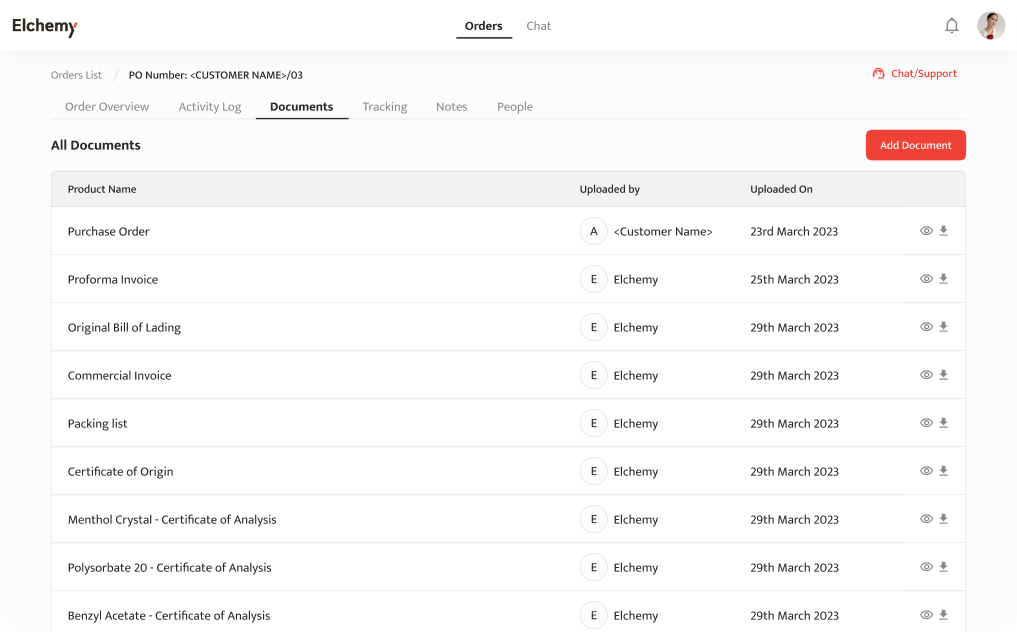
Faster Turnaround Times
Our tech-enabled operations reduce manual steps and bottlenecks, enabling quicker response times and more dependable fulfillment

Compliance You Can Count On
Navigating chemical regulations across borders can be complex, but we make it simple. With a dedicated compliance team and documentation tailored for the US market, Elchemy ensures every product meets rigorous safety, quality, and regulatory standards.We help keep your operations audit-ready, well-documented and worry-free.


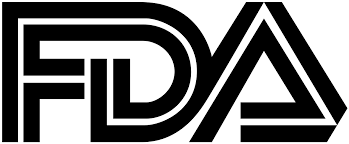
OSHA, FDA, and EPA aligned documentation
US based regulatory experts
Up-to-date CoAs, SDS, and import documentation
End-to-end traceability
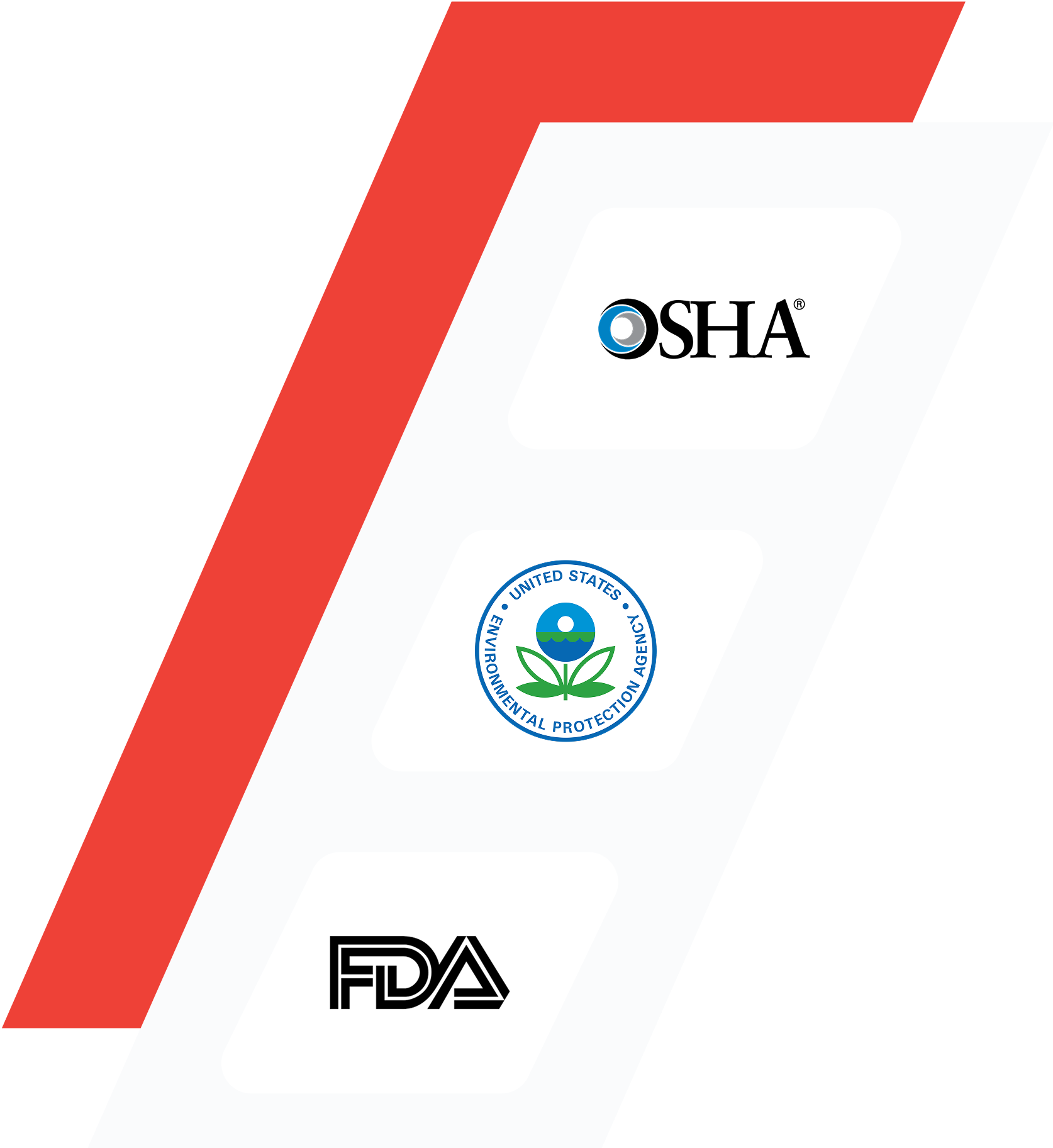
Industry-Recognized
Credentials of Trust
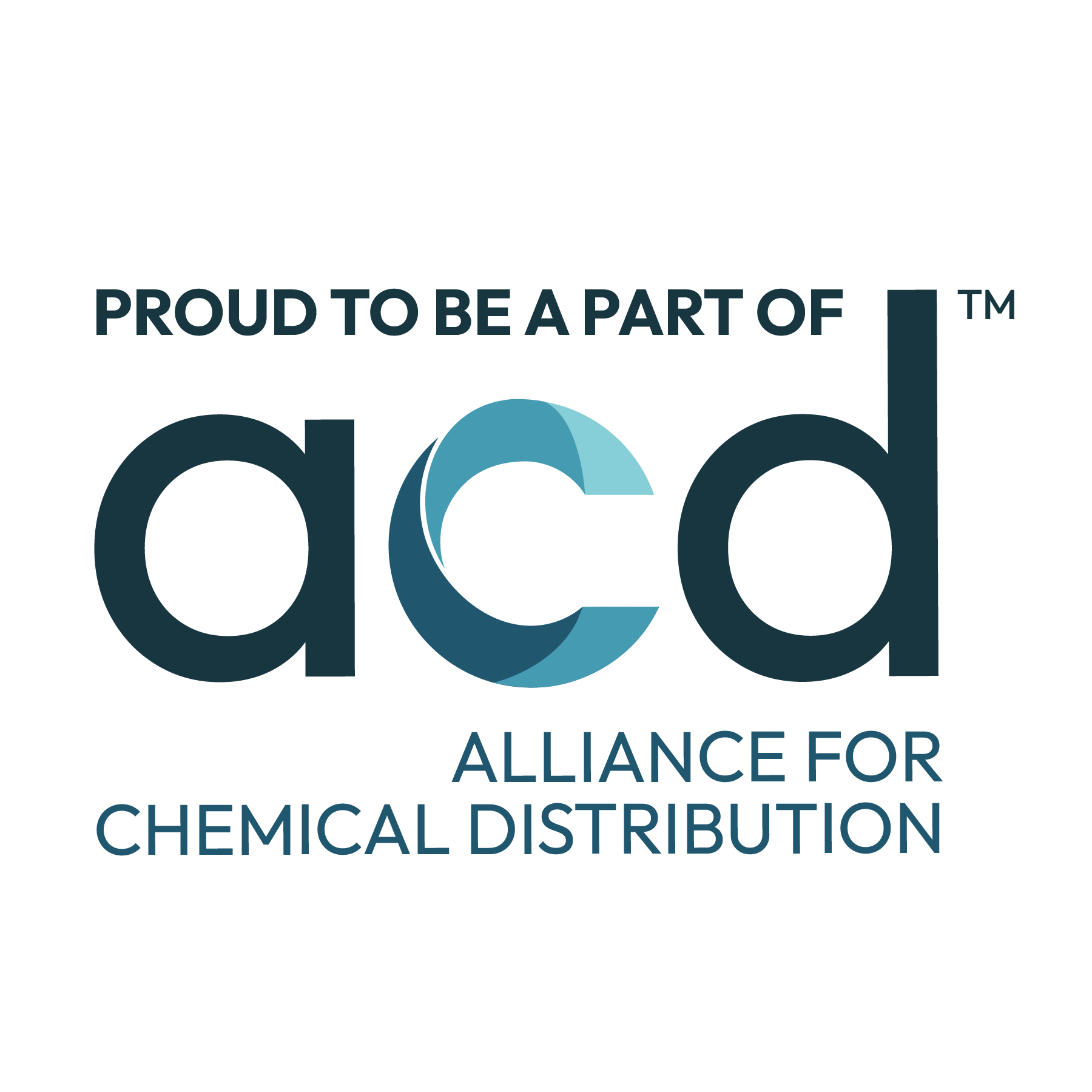
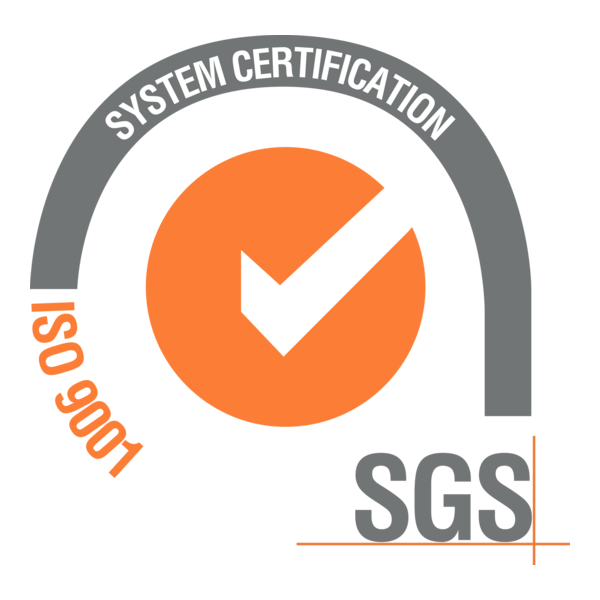
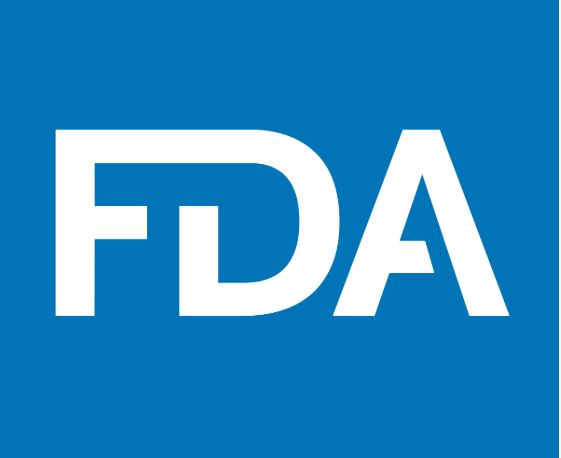




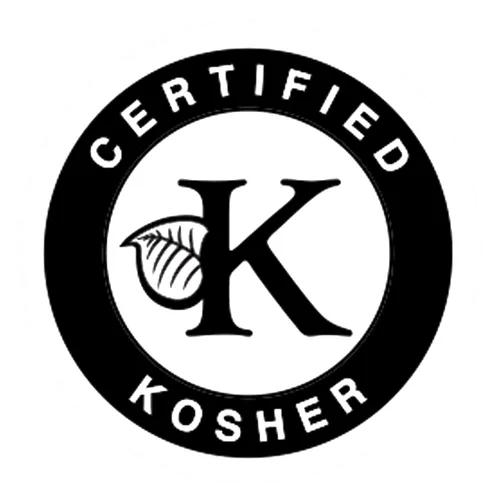
ELCHEMY EXPERTISE
Custom Manufacturing
Elchemy makes custom manufacturing simple, scalable, and reliable. Whether you need support with development (CDMO), research (CRO), or production (CMO), our network of audited sites and technical experts helps you bring high-quality products to market faster
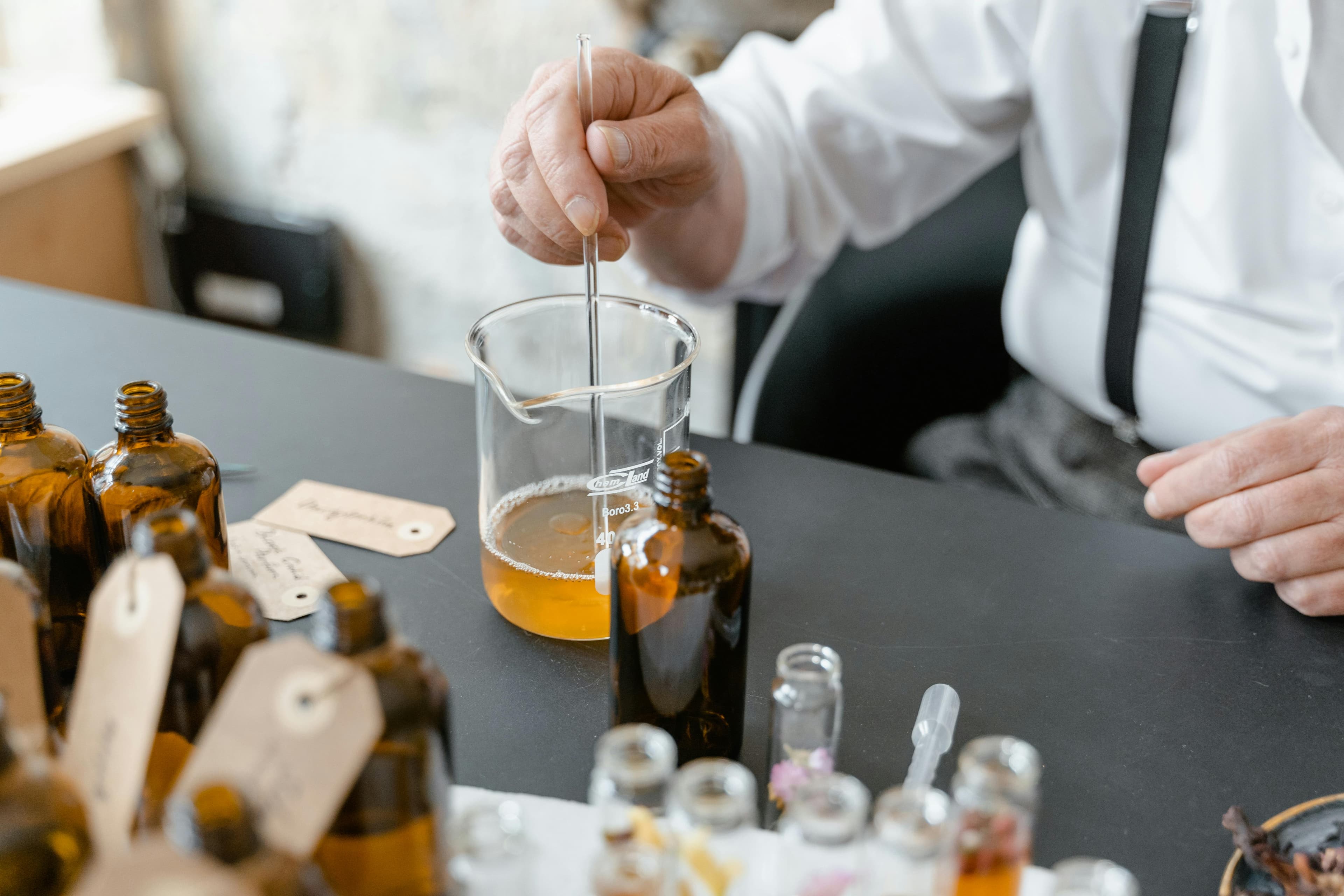
Achievements at
ElchemyAchievements at Elchemy
Industries
Countries
MT Shipped
Ports
RESOURCES
Blogs, Events & News at Elchemy

BLOG

EVENTS

BLOG
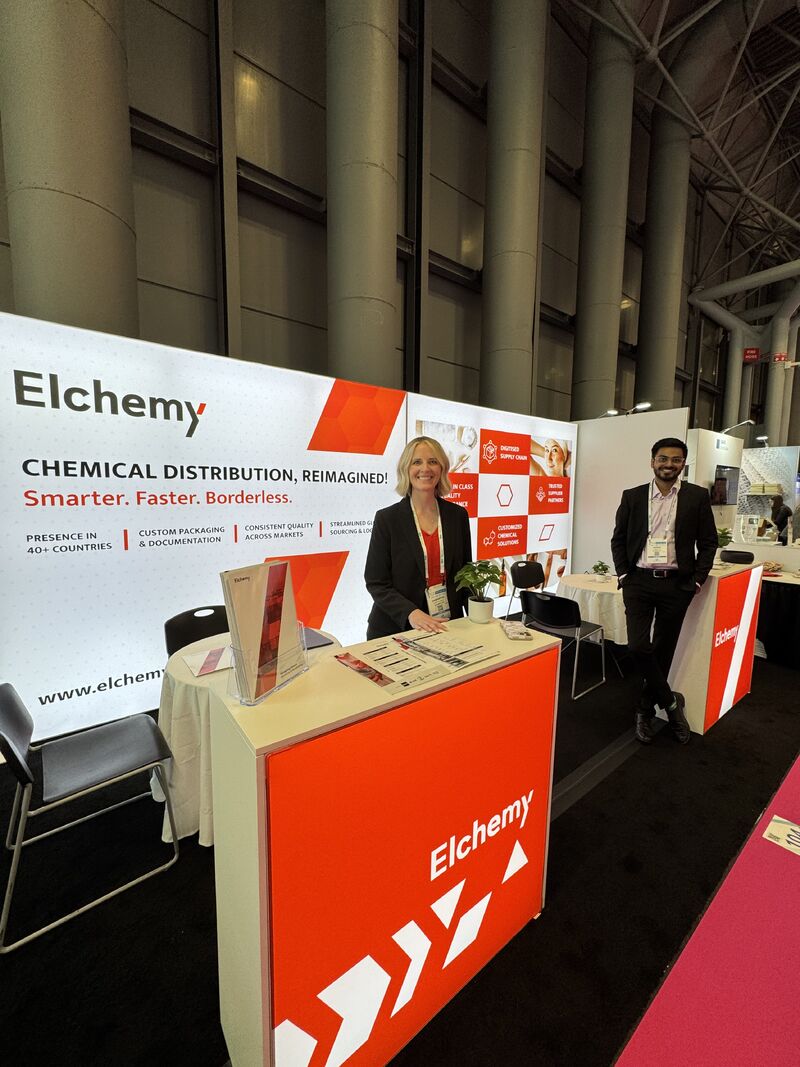
EVENTS
Streamline
your chemical
procurement
Get fast responses from real experts